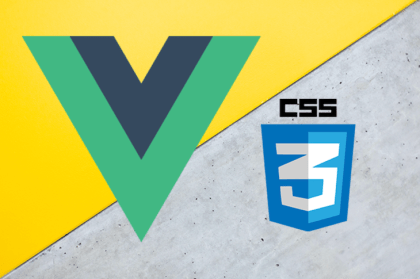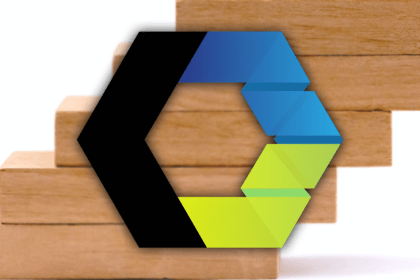
Learn to apply different CSS styling methods to your Vue.js application to improve its aesthetic performance.

Learn how to integrate Vue.js into a backend application using Pug as a templating engine.

Metaprogramming in Rust is simplified using Declarative and procedural Macros. Master writing both using various syntaxes and community-built crates.

Simplify building full stack React apps using Zero Server: a framework without configuration.

Here, you can learn how to build a bar chart library using web components, which gives you the ability to customize charts easily.

Magnus UI lets you choose from a library of components and utility props to take your React Native app’s interface to the next level.

Use compound components to control tooltips and pop-up menus in your React applications, helping you keep your user interface clean and tidy.

Learn how GraphQL Modules can help create reusable, testable and extendable modules by separating your server into smaller feature based modules.

Build and deploy both simple and complex application infrastructures with zero downtime using DigitalOcean, GitHub, and Docker.

Securing API keys and secrets is very important. Storing secrets in a .env file is good but that alone is not safe.

Here, users can learn about end-to-end testing, and developers can learn about Nightwatch.js, a popular end-to-end test framework.

Using React’s component model for creating static pages allows for uncomplicated control of inputs and outputs.